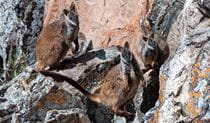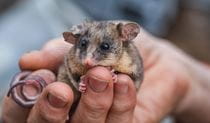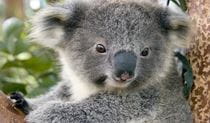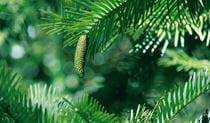Brush-tailed rock-wallaby conservation project
The brush-tailed rock-wallaby may be an iconic species to many Australians, but in NSW it is also endangered. Saving our Species, a conservation project, aims to reverse the decline in population numbers by reducing pests and reintroducing captive-born animals to suitable habitats.
Read more about Brush-tailed rock-wallaby conservation project
Sporting a bushy tail and thick brown body fur, the brush-tailed rock-wallaby likes to live in rocky escarpments full of caves and ledges where it can bask in sun throughout the day. Numbers of brush-tailed rock-wallaby have dramatically declined after habitat loss. It once lived between south-east Queensland, Grampians in Victoria, and west as far as Warrumbungle Ranges.
A NSW recovery plan for the brush-tailed rock-wallaby was created in 2008. Following on from this, Saving our Species is a conservation program designed to ensure the rock-wallaby remains healthy and wild. Captive breeding is already underway in partner zoos and sanctuaries. The program aims to supplement this effort by reducing pest animals (foxes, cats, and goats), and monitoring wallaby populations to further our understanding of the threats it continues to face.
You might also like
-

Brush-tailed rock-wallaby cam
Peek into the world of the endangered brush-tailed rock-wallaby without leaving home. Watch our live stream in Oxley Wild Rivers National Park any tim...
-

Protecting threatened species in parks
Around 84% of the approximately 900 threatened species in NSW are found in our national parks and reserves. Find out what we're doing to protect threa...
-

Saving our Species conservation program
Today, we're at risk of losing nearly 1000 of our state's native animals and plants. That's why the NSW Government established Saving our Species. It'...
-

Assets of Intergenerational Significance (AIS)
Assets of Intergenerational Significance (AIS) are declared to bolster protections for an area with exceptional environmental or cultural values, like...
